Bowers & Wilkins CM7 User manual
- Category
- Car speakers
- Type
- User manual
Bowers & Wilkins CM7: Experience exceptional audio with a 3-way floorstanding loudspeaker system. Immerse yourself in rich, detailed sound with a 25mm aluminum dome tweeter for crisp highs, a 130mm 'surroundless' FST Kevlar cone midrange driver for natural vocals, and a 165mm paper/Kevlar cone bass driver for deep, impactful bass. Enjoy a wide frequency response, high sensitivity, and 8 ohms impedance for easy pairing with amplifiers.
Bowers & Wilkins CM7: Experience exceptional audio with a 3-way floorstanding loudspeaker system. Immerse yourself in rich, detailed sound with a 25mm aluminum dome tweeter for crisp highs, a 130mm 'surroundless' FST Kevlar cone midrange driver for natural vocals, and a 165mm paper/Kevlar cone bass driver for deep, impactful bass. Enjoy a wide frequency response, high sensitivity, and 8 ohms impedance for easy pairing with amplifiers.


-
 1
1
-
 2
2
Bowers & Wilkins CM7 User manual
- Category
- Car speakers
- Type
- User manual
Bowers & Wilkins CM7: Experience exceptional audio with a 3-way floorstanding loudspeaker system. Immerse yourself in rich, detailed sound with a 25mm aluminum dome tweeter for crisp highs, a 130mm 'surroundless' FST Kevlar cone midrange driver for natural vocals, and a 165mm paper/Kevlar cone bass driver for deep, impactful bass. Enjoy a wide frequency response, high sensitivity, and 8 ohms impedance for easy pairing with amplifiers.
Ask a question and I''ll find the answer in the document
Finding information in a document is now easier with AI
Related papers
-
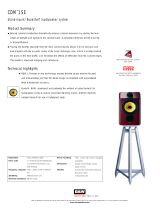 Bowers & Wilkins 1 SE User manual
Bowers & Wilkins 1 SE User manual
-
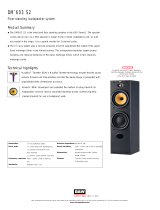 Bowers & Wilkins DM603 User manual
Bowers & Wilkins DM603 User manual
-
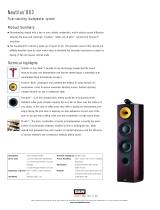 Bowers & Wilkins 803 User manual
Bowers & Wilkins 803 User manual
-
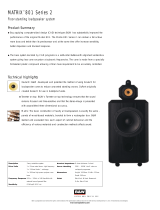 Bowers & Wilkins Matrix 801 Series 2 User manual
Bowers & Wilkins Matrix 801 Series 2 User manual
-
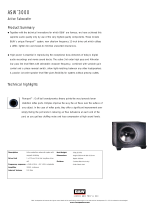 Bowers & Wilkins ASW3000 User manual
Bowers & Wilkins ASW3000 User manual
-
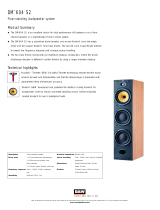 Bowers & Wilkins DM604 User manual
Bowers & Wilkins DM604 User manual
-
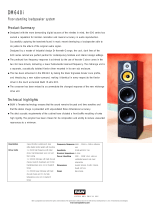 Bowers & Wilkins DM640i User manual
Bowers & Wilkins DM640i User manual
-
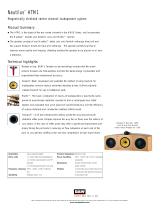 Bowers & Wilkins Nautilus HTM1 User manual
Bowers & Wilkins Nautilus HTM1 User manual
-
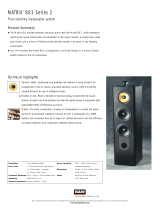 Bowers & Wilkins MATRIX 803 Series 2 User manual
Bowers & Wilkins MATRIX 803 Series 2 User manual
-
Bowers & Wilkins DM605 User manual











